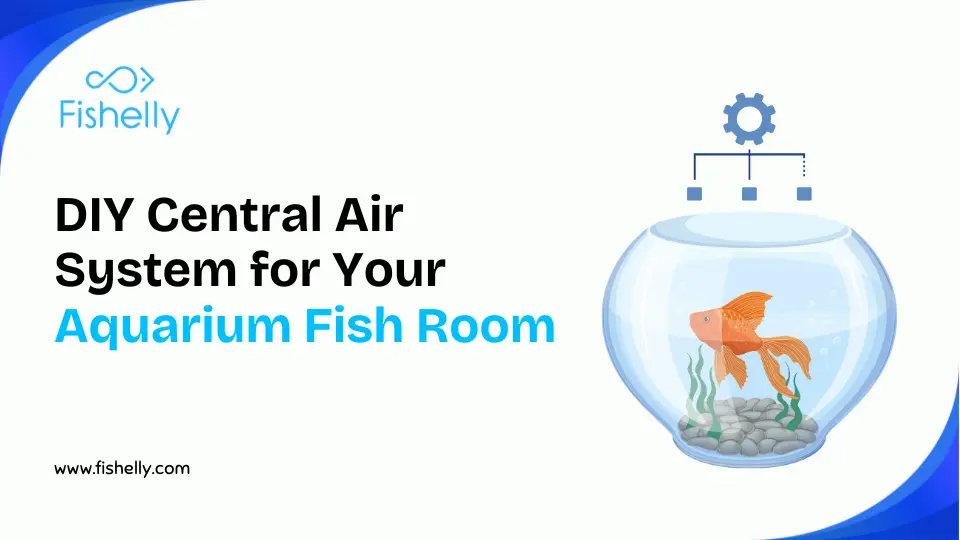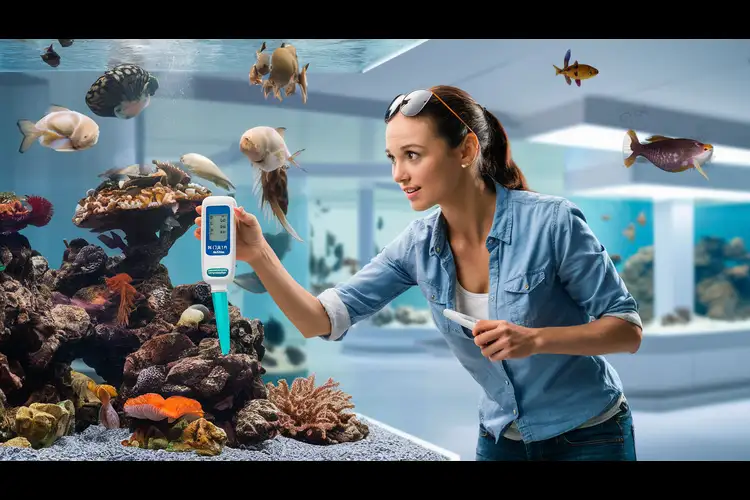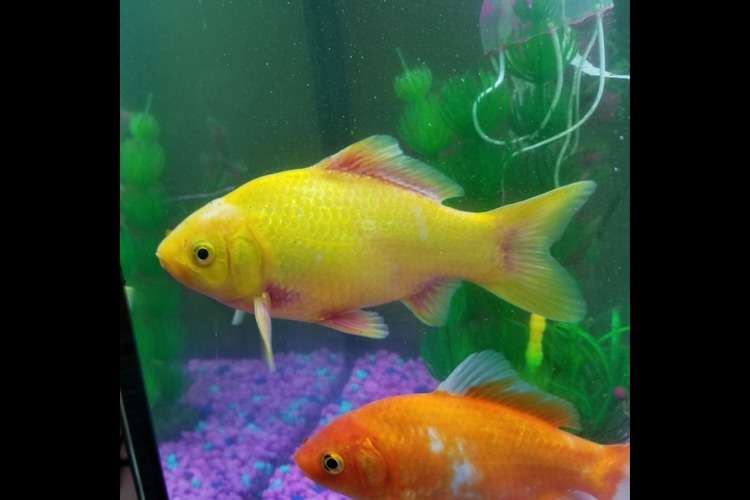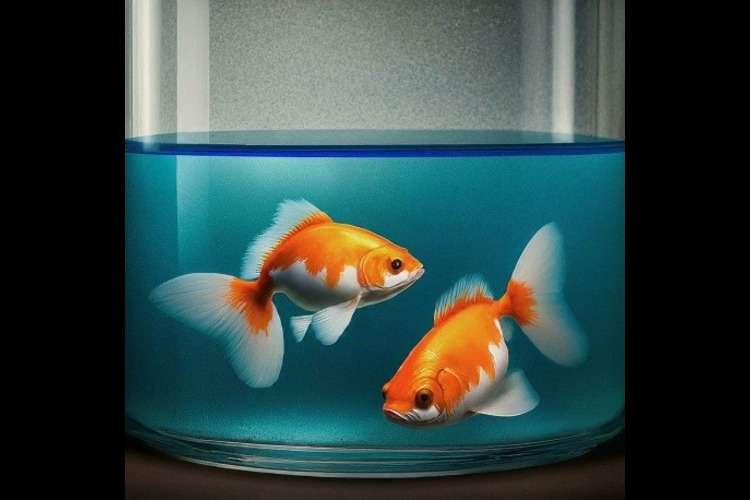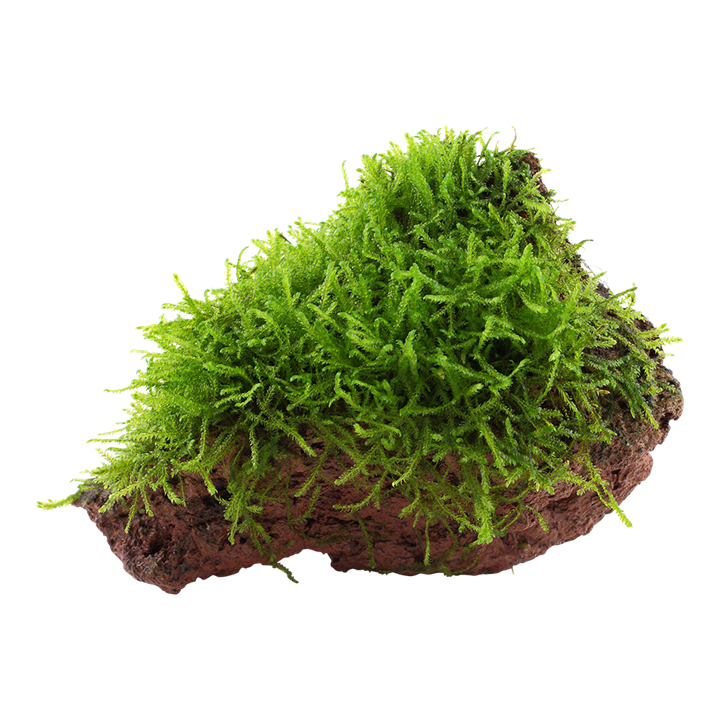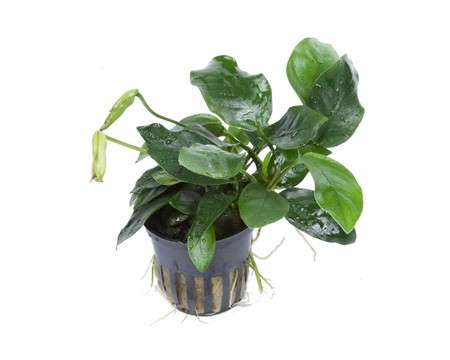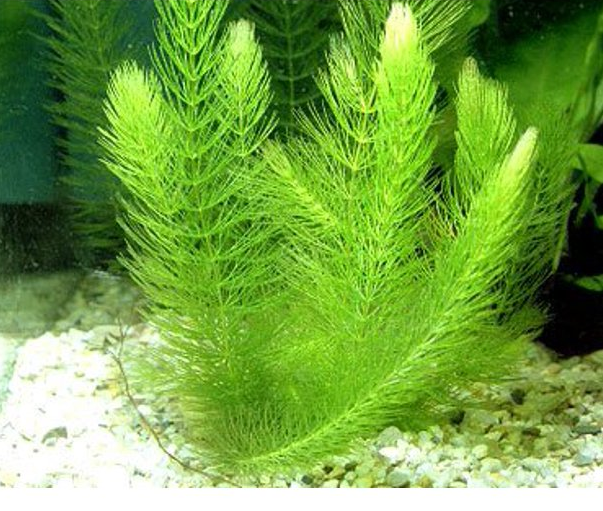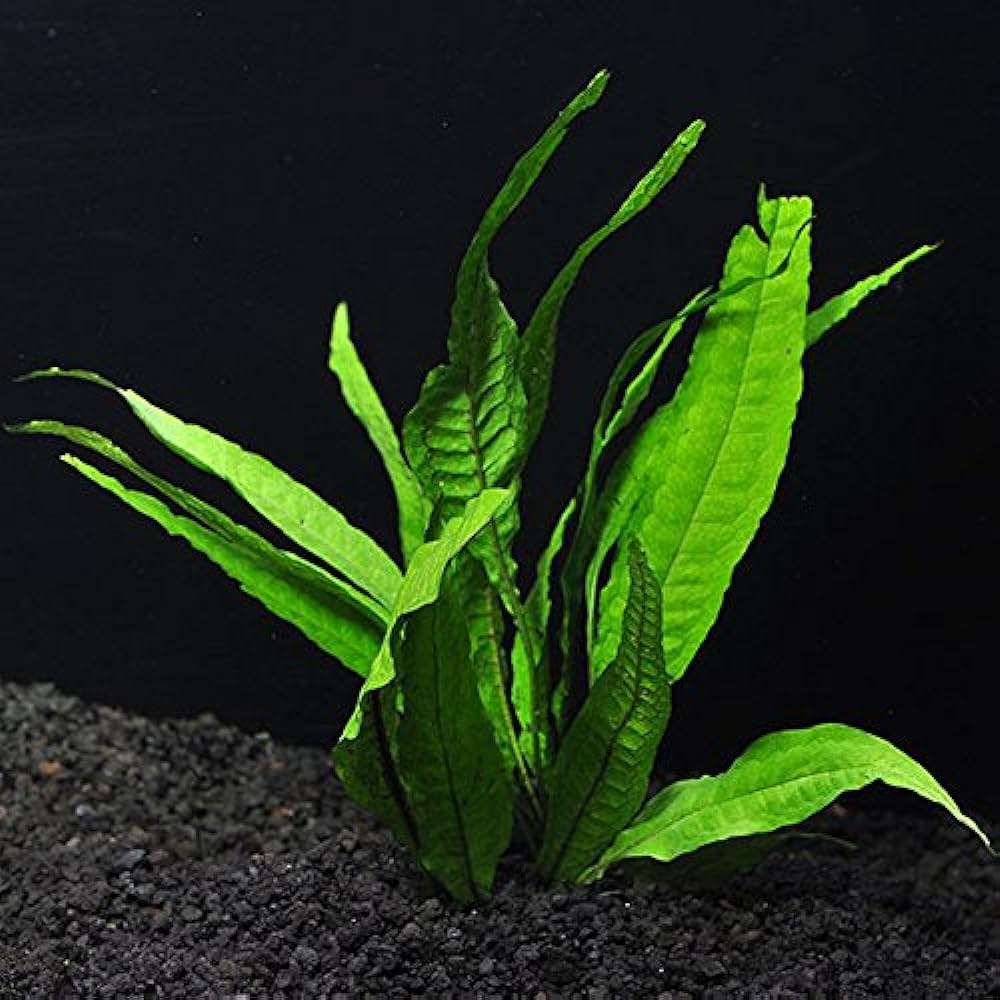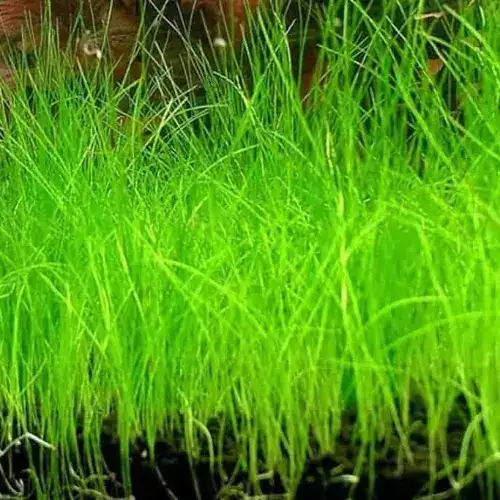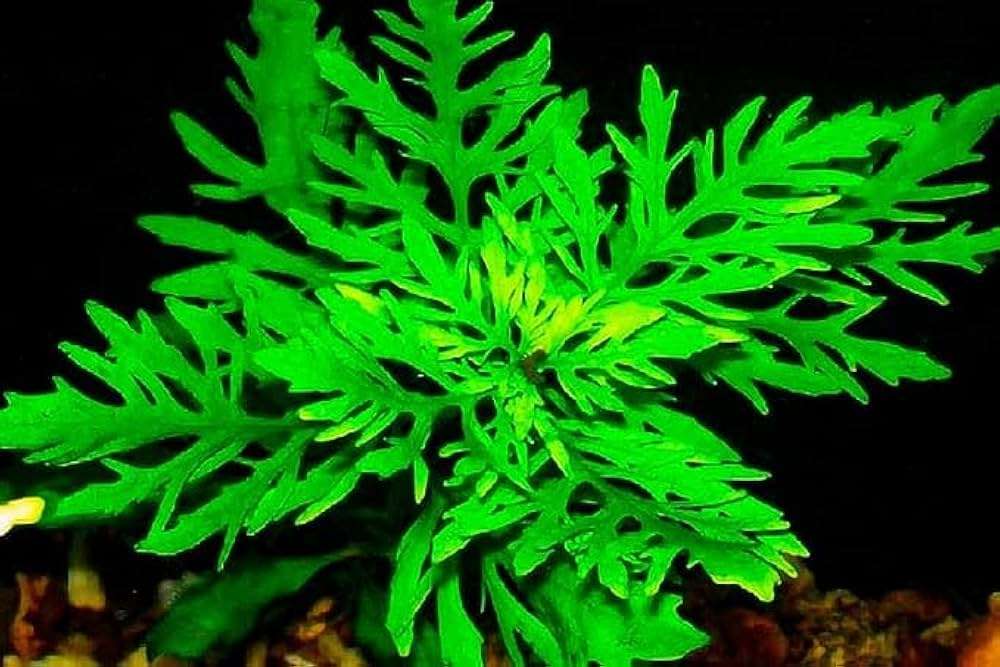DIY Central Air System for Your Aquarium Fish Room
Learn to build a DIY central air system for your aquarium fish room. This guide covers materials, setup, and maintenance for optimal aeration and water quality.
Table of Contents
- Why Go for a Central Air System?
- What You Will Need
- Step-by-Step Guide to Constructing the System
- Maintenance Tips for a DIY Central Air System
- Faq
- Conclusion
Proper aeration is requisite for the upkeep of any aquarium to guarantee the welfare of the fish and other aquatic life. A central air system set up with Do-It-Yourself skills makes it plausible to supply oxygen and water movement through an entire system of tanks. Also, this kind of system helps in the wholesome maintenance of a fish room. Here's a detailed guide for a central air system for your aquarium fish room.
Why Go for a Central Air System?
Before learning how to go about it, let us find out how beneficial it is to have a central air system for the aquarium fish room:
Steady Oxygen Flow: A central air system is a guarantee that all tanks have a continuous inhale of oxygen, thus improving the water quality for fish health.
Space Efficient: The air distribution is central, thus eliminating each tank's air supply from different air pumps and clearing floor space while reducing clutter.
Energy Savings: A big air pump uses less electrical energy than several smaller pumps.
Less Noise: A single large pump running 24/7 will be quieter than several smaller pumps.
What You Will Need
To make the central air supply system, you will need:
Large Air Pump: Select accordingly to the tanks you have and the type of air flow needed.
PVC Tubing: You need long pieces of PVC tubing for sending the air to each aquarium.
Air Stones or Decanting Valves: To distribute air equally to each tank.
Check Valves: To stop back-draft, and ensure that the air moves only in one direction.
Gang Valves: To control the individual flow through each tank.
T-Pieces and Elbows: To connect the PVC tubing, make turning where necessary.
Aquarium Silicone: For sealing connections and leak prevention.
Step-by-Step Guide to Constructing the System
1. Determine Setup
Before you commence, plan how many of your tanks will be air-supplied. Note: Measure from the air pump to each tank to decide where to place the air stones or valves. This helps you gauge the amount of tubing and fittings you will require.
2. Mount the Pump
Find a strong, reliable, and trustworthy air pump that will provide sufficient airflow to all your tanks in the fish room. Place your pump in a well-ventilated, dry area, ideally wherever the central tubing will run.
Tip: For more control over oxygen levels, choose an adjustable pump.
3. Laying the PVC Pipe
Using your PVC tubing, create a central line that exits from the pump into each tank. Cut the tubing into appropriate lengths, preparing fittings to direct the lines. You can then use T-pieces and elbows to branch off into each tank individually.
Tip: Try to keep the tubing as short and direct as possible to minimize air loss.
4. Improper Air Valves
At every branching point of the PVC tubing, a gang valve should be installed. This provides control over the airflow to each tank. This is especially beneficial when the tanks have differing sizes or if you want to specifically control the oxygen level of certain tanks.
5. Add the Check Valve
At each connection point, add a check valve. It is crucial to prevent back siphoning to protect the integrity of your system and prevent damage to the air pump.
6. Position Air Stones or Diffusers into Tanks
Once the air tubing reaches your tanks, connect the air stones or diffusers at the end of each tube. These diffuse the air evenly into the water and create water movement, thus aerating the tank.
Tip: Position the air stones or diffusers near the substrate to aid with water circulation.
7.Test the System
Once everything is connected, power on the air pump and adjust the gang valves to ensure the air flows evenly to each tank. Check for leaks where connections are made to ensure a consistent flow of air. Fine-tune the airflow with the valves as needed.
Maintenance Tips for a DIY Central Air System
Regularly Clean the Air Stones: Air stones can become clogged with mineral deposits, leading to reduced airflow. Make it a point to clean them every few months.
Check Tubing for Leaks: Do a periodic inspection of the tubing for cracks or holes that could affect airflow.
Monitor Pump Performance: Watch for any signs of the air pump slowing or becoming inefficient. Clean or replace the pump as needed.
Faq
1.What is a DIY central air system for an aquarium fish room?
A system where a single air pump provides oxygen and movement to multiple tanks.
2.Why should I use a central air system instead of individual air pumps?
It’s more efficient, saves space, reduces noise, and cuts energy costs.
3.What materials are needed?
Large air pump, PVC tubing, air stones, check valves, gang valves, T-pieces, and silicone.
4.How do I set up the PVC tubing?
Plan the layout, cut tubing, and use fittings to connect to each tank.
5.Can I control airflow to each tank?
Yes, using gang valves at each branching point.
6.What is the purpose of a check valve?
It prevents backflow of water into the air system.
7.Where should I place air stones or diffusers?
Place near the substrate for even air distribution.
8.How do I maintain the system?
Clean air stones, check tubing for leaks, and monitor pump performance.
9.How do I test the system?
Power on the pump, adjust valves, and check for leaks.
10.Can I use this system for tanks of different sizes?
Yes, adjust airflow with gang valves.
11.How much will it cost?
Cost depends on pump size and materials, but it’s generally cheaper than multiple pumps.
12.How long will the system last?
With proper maintenance, it can last for many years.
Conclusion
DIY central air systems not only streamline your aquarium setup but also greatly improve the overall health of your tanks. Just about any few materials and a bit of plumbing will make your fish a quieter, more energy-efficient breathing environment. Whether you're running a small setup or multiple tanks, a central air system is a great way to provide a constant aeration factor over your entire collection of aquariums. Happy fishkeeping!

